Delhi’s political arena witnessed drama unfold as Arvind Kejriwal launched sharp words against Prime Minister Narendra Modi. The Aam Aadmi Party chief stood before a crowd gathered at Delhi’s iconic Jantar Mantar venue. His words carried heavy weight concerning ongoing demolition activities across India’s capital.
Arvind Kejriwal targets PM Modi: Political Battle Lines Drawn
The demonstration began early today as party workers assembled under humid morning skies. Kejriwal’s voice echoed through loudspeakers while protesters waved their party flags. His central theme focused on what large-scale demolitions mean for ordinary families living across Delhi.
“Jahan jhuggi, wahan maidan” became his rally cry during this heated political event. The phrase translates directly as “where slums exist, there stadiums should stand.” This statement is aimed at Modi’s infrastructure development plans across urban areas nationwide.
Opposition leaders often point their sharp words at the ruling party’s policies during such gatherings. Kejriwal’s approach today is to mix local Delhi concerns with broad national issues affecting poor communities everywhere.
Demolition Drive Under Scrutiny
Recent weeks have shown Delhi government officials conducting large-scale removal operations across slum areas. These actions affect thousands of families whose homes stand where future development projects might begin. Many residents claim they received short notice about their house removal dates ahead.
The Delhi administration maintains these moves align with court orders concerning illegal construction activities. However, opposition party leaders argue these steps harm India’s most vulnerable populations disproportionately.
Kejriwal questioned whether proper rehabilitation plans exist for displaced families during today’s march. His party claims authorities focus more on image-building than human needs during urban transformation efforts.
Arvind Kejriwal targets PM Modi: Key Issues Raised During the Protest
The demonstration highlighted several major concerns about current demolition policies:
- Lack of proper prior notice given to affected families
- Insufficient alternative housing arrangements for displaced residents
- Economic impact on small business owners whose shops face removal
- Children’s education is disrupted when their homes are demolished
Party workers distributed white paper documents detailing their specific demands to central government officials. These documents contained detailed statistics about recent demolition activities across Delhi’s various districts during the past months.
Meanwhile, crowd members shared their personal stories about house removal experiences. Many spoke about losing their entire world when bulldozers arrived at their doorsteps without adequate warning periods.
Government’s Development Vision Questioned
Kejriwal’s criticism centred on what urban development means for common people versus wealthy investors. He argued that modern India needs space for everyone, not just those who possess significant financial resources.
The AAP leader suggested alternative approaches where slum upgradation could occur without complete house removal activities. His party’s white paper outlined potential solutions involving in-situ development models rather than total displacement strategies.
Furthermore, party officials claim Delhi needs mixed development plans where poor communities can coexist alongside modern infrastructure projects. This approach would avoid creating sharp class divisions within urban neighbourhoods across India’s capital.
Arvind Kejriwal targets PM Modi: Historical Context of Jantar Mantar Protests
Jantar Mantar has served as Delhi’s primary protest venue for decades, hosting countless political demonstrations. The location’s historical significance makes it an ideal space for opposition leaders seeking maximum media attention.
Today’s event follows recent tradition where Delhi politicians use this venue to challenge central government policies directly. The site’s proximity to Parliament House means protesters’ voices often reach decision makers quickly.
Kejriwal’s party chose this location strategically, knowing media coverage would be extensive during prime afternoon hours. Television cameras captured every major moment while reporters documented crowd size estimates throughout the event.
Impact on Delhi’s Political Landscape
This protest represents wider tensions between Delhi’s state government and central authorities over urban development approaches. Both sides claim their vision better serves ordinary citizens’ needs during rapid modernisation phases.
The demonstration also reflects growing concerns about displacement issues affecting poor urban communities nationwide. Similar protests have occurred across other major Indian cities where large infrastructure projects require significant land acquisition efforts.
Political analysts suggest today’s event might influence upcoming local elections, where housing remains a major voter concern. Kejriwal’s party hopes their human-centred approach will resonate with Delhi voters facing similar housing insecurity issues.
Looking Ahead
As Delhi continues rapid urban transformation, these policy debates will likely intensify during the coming months. Both ruling and opposition parties must balance development needs with human rights concerns affecting millions of residents.
The protest concluded with Kejriwal promising continued resistance against what his party calls “anti-poor” demolition policies. His words suggest more demonstrations might occur if authorities don’t address their concerns about displaced families’ welfare.
Delhi residents will watch closely as this political drama unfolds, hoping their leaders find solutions that serve everyone’s needs during this challenging urban transformation period.

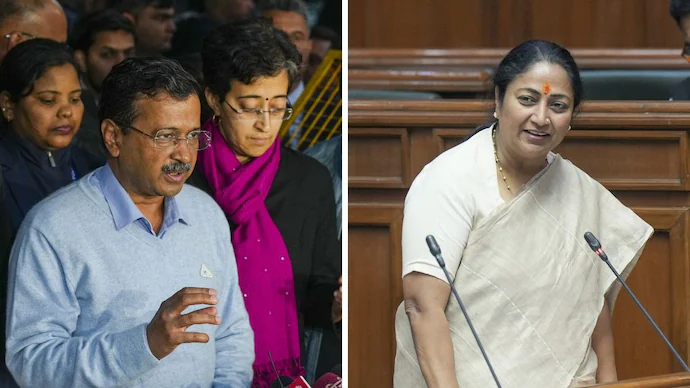
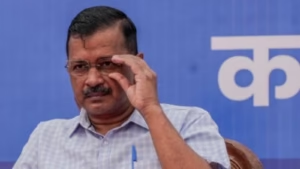
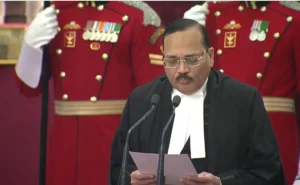
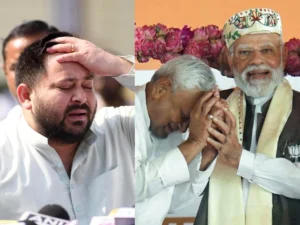
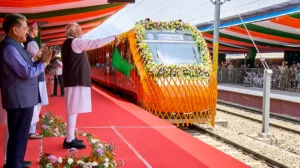


Be First to Comment